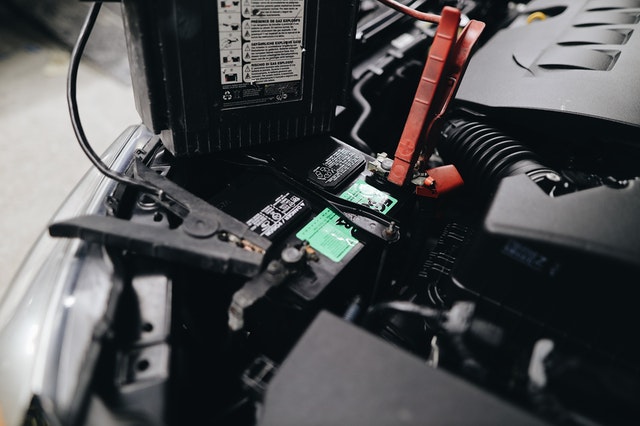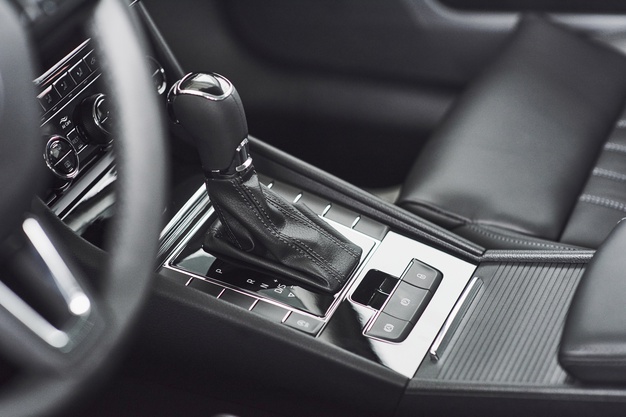There is no simple answer to the question of how long a car battery will last, but it is possible to offer some generalizations based on decades of industry experience. To begin with, we know that the life of a car battery varies based on three key factors: time, heat, and vibration. Let’s take a closer look at each.
Time
Like people, car batteries age over time and have a finite lifespan. Even in ideal operating conditions, batteries gradually deteriorate until they can no longer provide enough power to start an engine. Automobile usage patterns also contribute to battery aging. Cars driven mostly on short trips may not allow the battery to fully recharge, and batteries in vehicles parked for extended periods naturally self-discharge. In both of these situations, using a maintenance charger Tender will keep the battery fully charged and extend its service life.
Heat
Heat facilitates the chemical reaction batteries use to generate electricity, but it also increases the rate of battery degradation. In cooler northern climates, a battery may last five years or longer, but in hot southern locales around three years is more typical. Batteries also live in a harsh underhood environment where temperatures can easily exceed 200 degrees Fahrenheit in hot weather. To combat this heat, automakers may mount the battery in an isolated area, install a heat shield over the battery, or relocate the battery outside the engine compartment, often under the back seat or trunk floor.
Vibration
The last key factor in battery life is vibration, which causes the physical breakdown of internal battery parts. To minimize the effects of vibration, special hold-down hardware secures batteries in place and prevents them from moving about. Missing or lose hold-downs can significantly shorten battery life.
Other Considerations
While less common than the factors above, a malfunctioning charging system will also reduce battery life. Persistent under- or over-charging accelerates battery aging. Some newer cars with absorbent glass mat (AGM) batteries require careful control of charging rates for maximum battery life, and the automaker may even alter the charging strategy as the battery ages. Finally, allowing any car battery to go completely dead will take a big chunk out of its lifespan, even if it can be recharged and put back in service.
Weak Battery Warning Signs
You may have a battery problem if the starter motor cranks the engine slowly or the Battery/Charging warning lamp is illuminated. Another weak battery indicator on older cars is dim incandescent headlights, particularly at idle. However, not every failing battery reveals itself through obvious symptoms.
To avoid being stranded by a battery problem, have the battery inspected at every oil change to make sure the cable connections are clean and tight, and the hold-down hardware is secure. Once a battery reaches three years of age, have it tested annually. The test will identify if the battery has deteriorated to the point where replacement is recommended to prevent an unexpected failure.
Battery Selection Tips
There is no “one-size-fits-all” battery suitable for every car. The battery type, physical size, terminal configuration, and cold cranking amps (CCA) or amp-hour (Ah) rating are all important factors that ensure the proper fit and function of a battery. Installing an incorrect battery can adversely affect the electrical system of your vehicle, and cause major damage if the terminal locations create a short circuit with nearby components. If you are unsure about which battery to buy, ask your car mechanic or consult the vehicle owner’s manual.
Battery Type
Batteries are either conventional lead-acid or the more advanced AGM design mentioned earlier. Most cars on the road today use conventional batteries, but some models use AGM batteries that highly spill-resistant and better able to handle repeated discharging and recharging, as occurs in cars that have engine stop-start systems to improve fuel economy. Because charging systems are often optimized for the battery type, we recommend always replacing a battery with the same type that came in the car from the factory.
Group Number
The group number, for example, Group 24, is an industry-standard that defines the battery’s physical size, its hold-down configuration, and the type and location of its terminals. Selecting a battery with the same group number as the original equipment battery will ensure a secure fit, adequate clearance, and no cable/terminal issues. It will also allow for the proper reinstallation of the important battery heat shield, where equipped.
Some imported vehicles use batteries that conform to European or Asian battery standards. In many cases, a standard group number battery will fit with minor or no modifications, but pay special attention to ensure that the installation does not pose any problems. Application guides are available where batteries are sold. In a limited number of cars, the vehicle design makes a factory replacement battery the only viable option.
Cold Cranking Amps Rating
The cold-cranking amps rating, for example, 650 CCA, is an industry-standard measure of how much electrical power a battery can provide at zero degrees Fahrenheit. Never confuse this rating with “cranking amps” (CA), a rating based on an easier test that produces inflated numbers. Some import automakers state battery power requirements using an amp-hour rating, for example, 78 Ah. This rating is based on the number of minutes a battery can provide a specified level of electrical current, typically 20 amperes.
To avoid electrical system problems and a visit to the repair shop, never install a battery with a CCA or Ah rating that is lower than that recommended by the vehicle manufacturer. A higher-rated battery will also work if it fits properly, but is usually unnecessary and may have a shorter service life in hot climates.
Conclusion
When your car needs a new battery, always purchase one from a high-volume seller with fresh stock. You do not want a battery that has already lost a good portion of its service life sitting on a shelf. Also, look for a battery with an extended full replacement warranty. Quality batteries offer free replacement for three or more years if there is a problem within that period. A warranty that enters a pro-rated replacement period sooner will require a partial payment to replace the battery once the full coverage term expires.
Resources: https://www.aaa.com/






